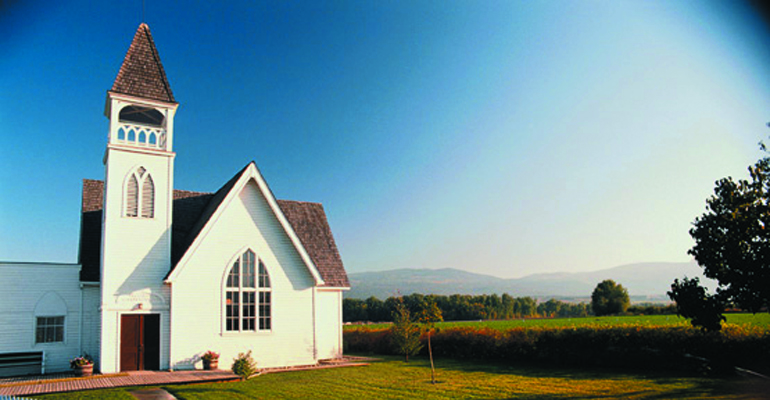Rituals celebrating the birth of a child are among the most ancient and universal of all human ceremonial acts. And as adoption has emerged from the shadows of secrecy, these traditions have been adapted to reflect the joys of adoption as well. Yet for all their similarities, adoption is different from birth. The meaningful difference, one that remains largely unspoken, is the legacy of loss on which adoptions are founded.
Yet to deny that loss does not undo or even ease its power. Better, I think, to acknowledge its existence with a ritual of recognition and acceptance. I think that for adoptive families, it is especially valuable to create and engage in an entrustment ceremony to acknowledge, honor and mourn the losses that preceded your union with your adopted child. Such ceremonies are relatively uncommon, there are few models to be found, and the task of creating one’s own can be painful and difficult. But if one of the greatest responsibilities of parenthood is to help our children find their way through the challenges of their lives, then the entrustment ceremony is an essential place to embark on our lives as adoptive parents.
Of all those involved in our son’s adoption, I was the one most convinced of the importance of creating such a ceremony. In fact, when I was writing it, a friend wondered why I was so explicit about grief instead of emphasizing the “good” things. I was vulnerable to that question then, but never since. For the act of entrustment was not a happy occasion. Of course the baby’s birth parents were relieved that we seemed like a good family and that we promised to keep in touch. But even that glimmer of relief was tempered by the fact that they couldn’t know whether we’d be true to our word, whether they would ever see or hear of their son again.
Engaging in our entrustment ceremony was perhaps the most difficult experience I have ever had. The baby’s birth parents were in a state of grief, and the ceremony provided a place for the expression of that grief. Fortunately, we had asked the hospital chaplain to preside over the ceremony, for without her, none of us could have made it. With measured gravity, she read the words I had written, comforting the birth parents with her tone and gestures while at the same time, her serious demeanor seemed to authorize us to claim him as our child.
Near the end, our older son rushed to me and said in a cracked voice, “Mommy, we can’t take the baby; it will hurt them too much.” And I turned to the birth mother and said, “Elliott is afraid that we shouldn’t take the baby because it will hurt you. Can you please tell him what you want us to do?” And she — bless her wonderful heart — turned to him with tears streaming down her face and said, “Baby, we need you to take him and be his brother. Will you please do that for us?”
The question of how to include older children in this experience can be difficult to answer. In our case, despite — or because of — our son’s sensitivity, we felt that it was important to have him serve as a memory-holder for his little brother. Include the children and have them engage in some enduring element of the event. Include their names in the ceremony; photograph them with the baby; have them make a memento or a gift for the birth parents and baby.
The role of birth parents is also one that will have to be determined by each family. The critical issue, to me, is to recognize that the existence of these two people — and of their separation from the child they brought into the world — are the fundamental elements of this child’s earliest history. Therefore, this ritual must include the birth parents, whether in the flesh or only in spirit. As an act of compassion and connection, I made keepsake boxes for the birth parents. Among other items, each box contained the text of the ceremony, our names and address, and a pre-paid phone card. If a birth parent is absent, you can create a keepsake to be held in trust.
I structured the ceremony to begin with our joint act of giving him the names we had chosen together. Only after joining together in naming this little person did we then undertake the ceremony marking his transition from their arms to ours.
When the adoption finalization came six months later, I found I needed another kind of gathering, one that celebrated our son’s arrival. On finalization day, his birth parents were again in our hearts. Our son wore a guardian-angel pin his birth mother had sent; we read aloud a letter they had written. And when the finalization was concluded, I called his birth mother. “You and I made a bridge,” she told me through our tears. “And you know what? He was never alone on that bridge; I got him halfway across, and then you were there to take him home.” And the entrustment was there to remind us all that we were in this together, for the sake of this little boy we all love.



